Podcast: Play in new window | Download
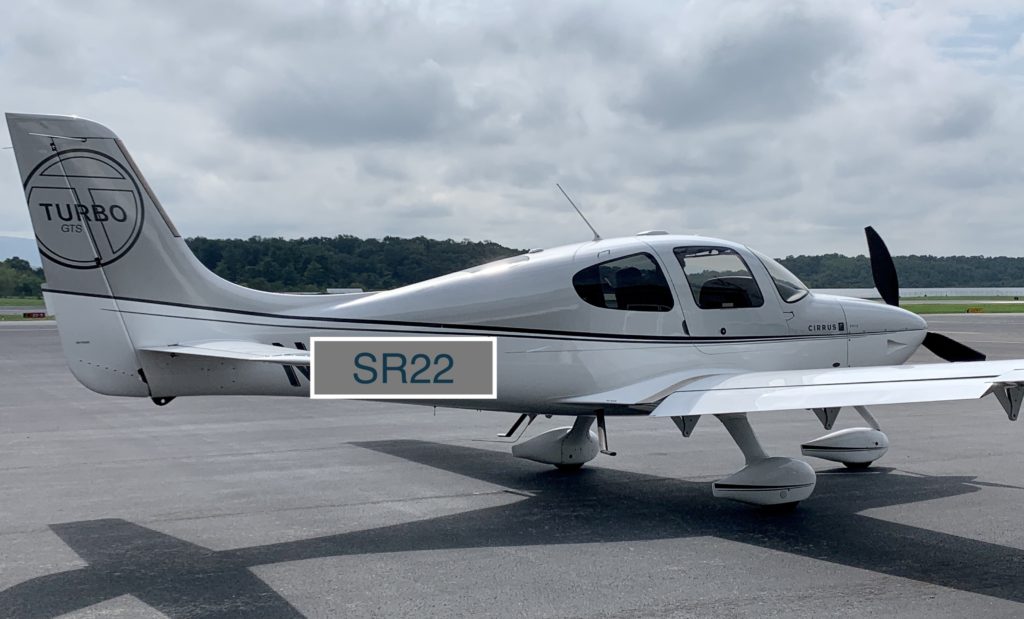
In today’s podcast episode, I talked about this specific SR22, and some maintenance I was involved in… scroll down for some related photos.
But first, I just wanted to say the SR22 is a great airplane! Here are some of the “wonders” of an SR22, as I see it:
- It’s a beautiful aircraft!
- It feels so natural, sitting in the pilot seat.
- It has a parachute.
- It’s composite-built.
- It’s been around long enough to become “time-tested” and to have many of the bugs worked out.
- The paint jobs are usually amazing.
- It goes fast, but has fixed landing gear.
On the other hand, the SR22 also has some “woes.”
- The nose gear and fairing have had issues.
- Sometimes the nose gear fairing breaks apart due to shimmy (probably often due to poor maintenance and low swivel friction.)
- Differential braking is required for steering, and sometimes the brakes overheat.
- When the brakes overheat, you have to replace the o-rings in the brake caliper (and they are special, high-dollar o-rings.)
- An airworthiness limitation requires replacing or repacking the parachute every 10 or 11 years, depending on the model, and this is costly.
- And then there’s the maintenance… the SR22 definitely takes some maintenance to keep it in good condition.
And now here are some tasks I helped with on the SR22 at the top of this post:
- Repositioning a loose induction coupling which caused full power RPM fluctuation (and probably a few other related things):
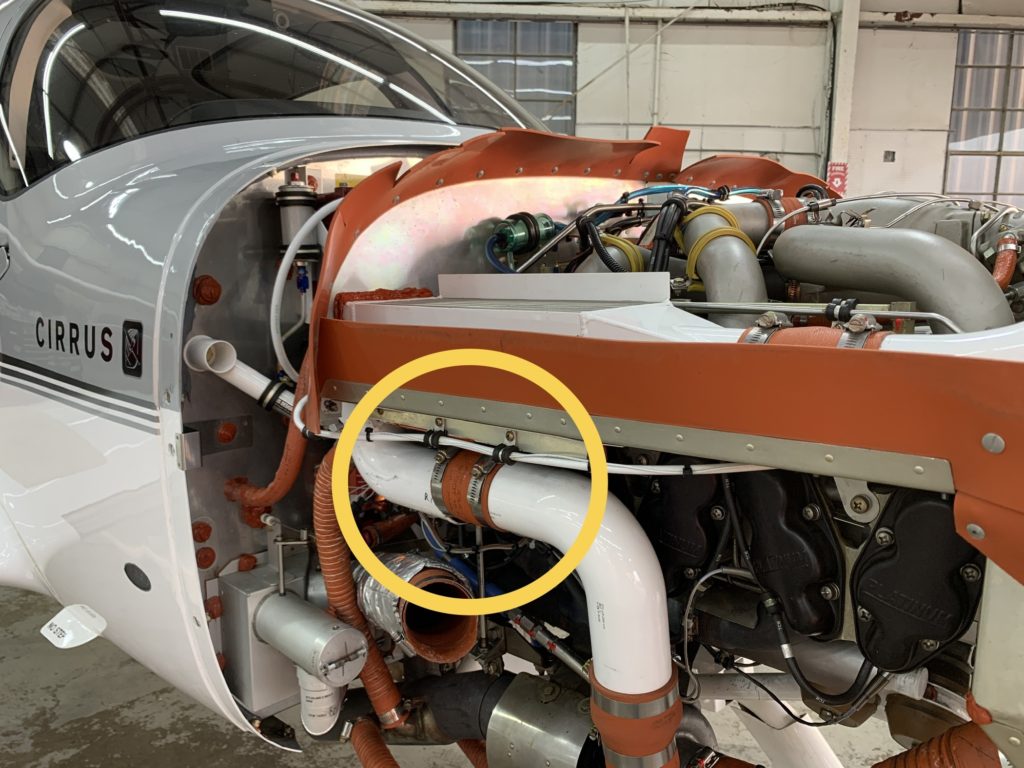
- Magneto timing, and how I almost dropped one of the rubber drive bushings down inside the engine! It was barely hanging on the edge of a gear inside the engine!

Fixing a piece of baffling (fwd of cylinder #6) that came loose when its 2 attaching rivets failed:
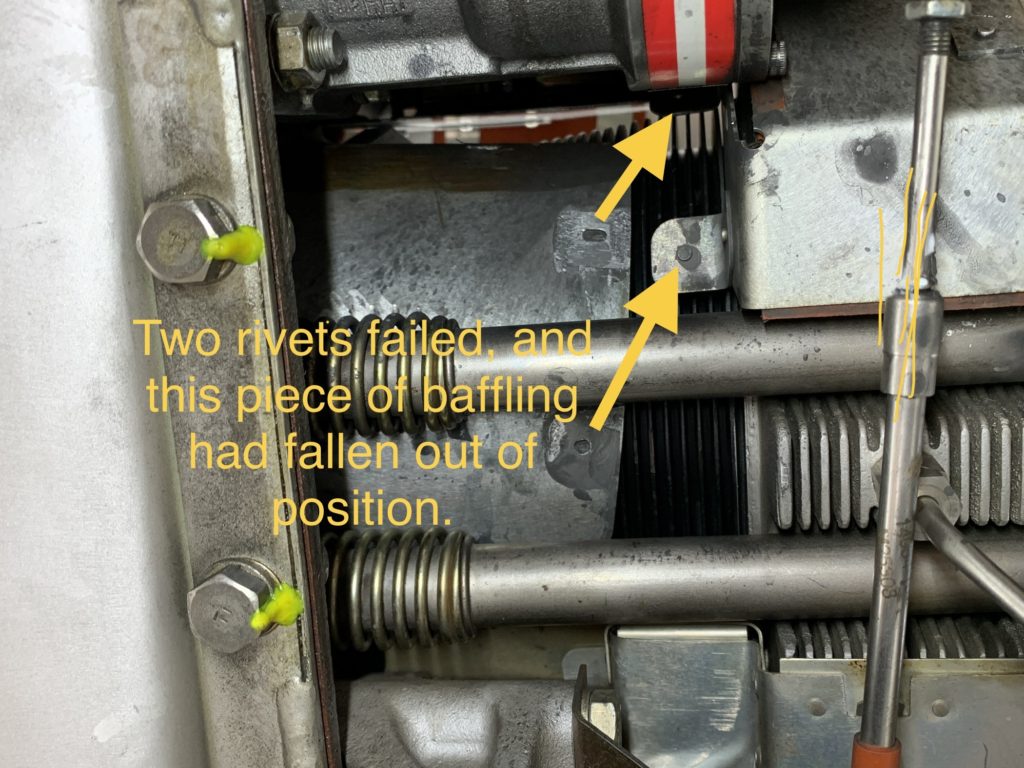
Repositioning an ALT 2 wire so it would not chafe on the prop governor:
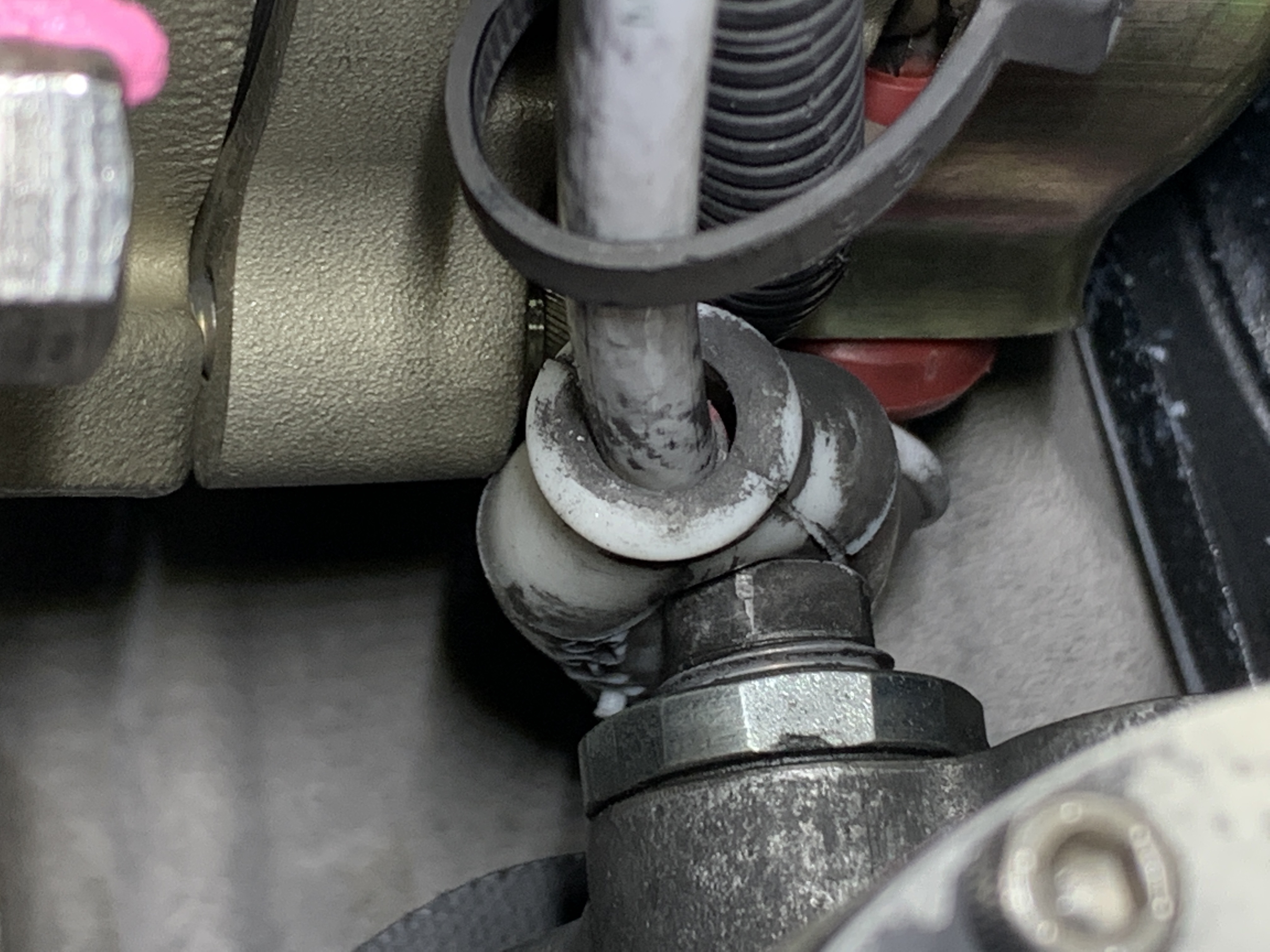
Resealing the right brake caliper and installing new temp stickers:
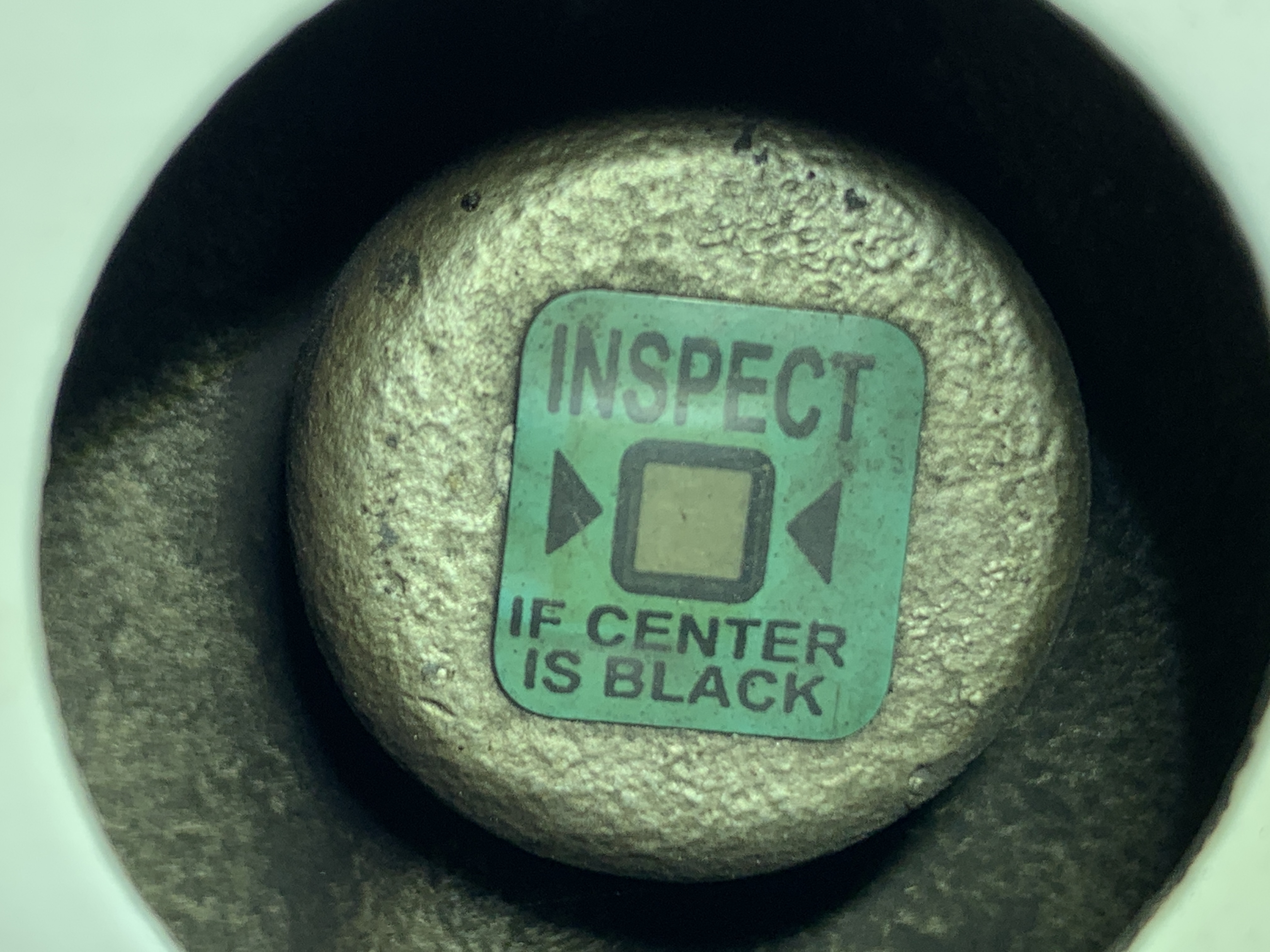
Tightening an oil plug and installing safety wire:
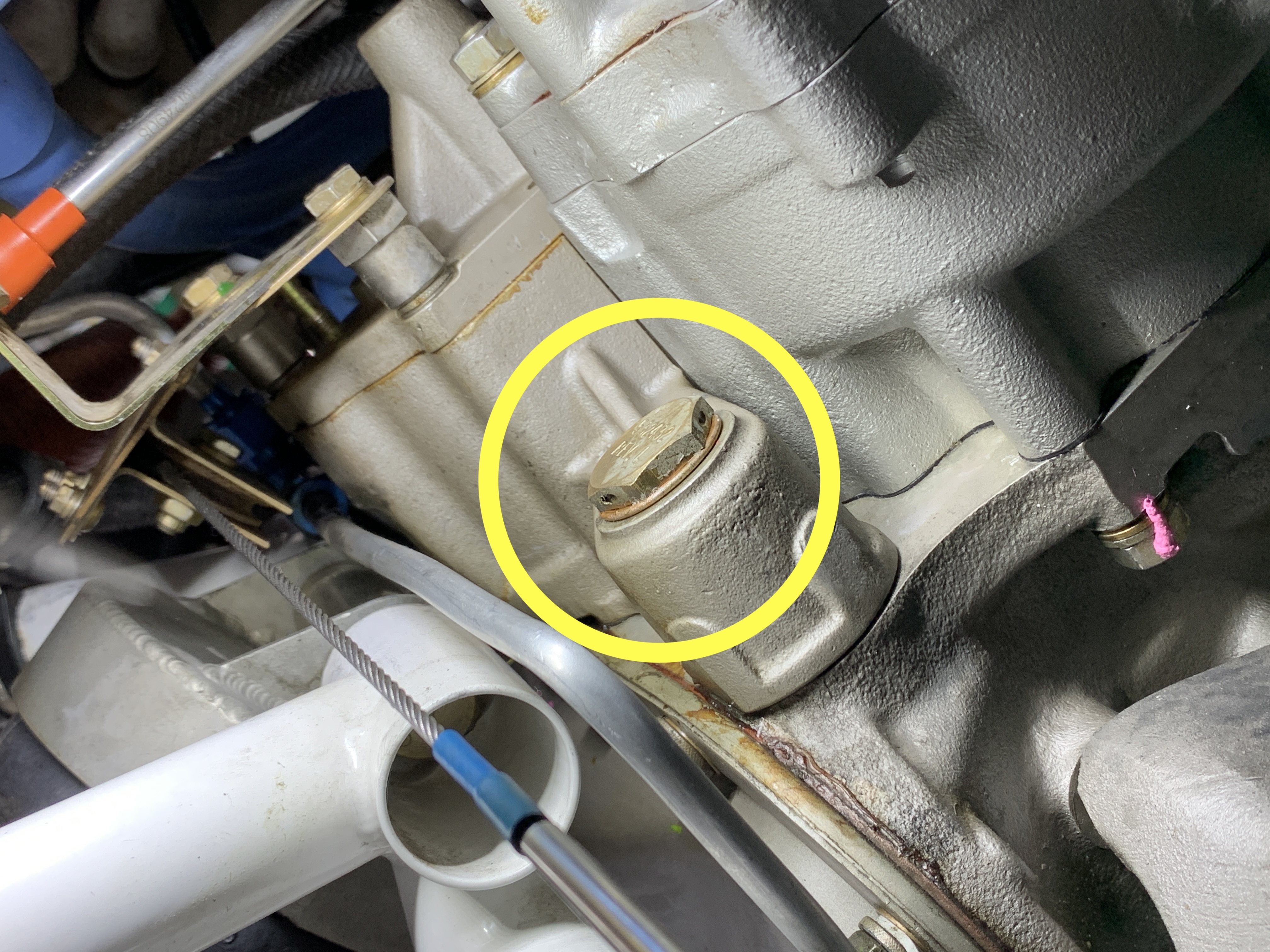
It was an adventure, and I look forward to the next time I get to work on an SR22… I really like those airplanes!
As promised, here’s the video that explains the electrical system in an SR22… I found it to be excellent training:
As usual, if I can serve you with any of your “airplane owner needs” I’d be happy to do so… you can check out my services on the “store” page for details about:
- Borescope photo reviews
- Maintenance records research
- One-on-one consulting
- Safety Wiring video training course
- Shock Strut Servicing video training course
The post “187 – Wonders and Woes of a Cirrus SR22” appeared first at AirplaneOwnerMaintenance.com
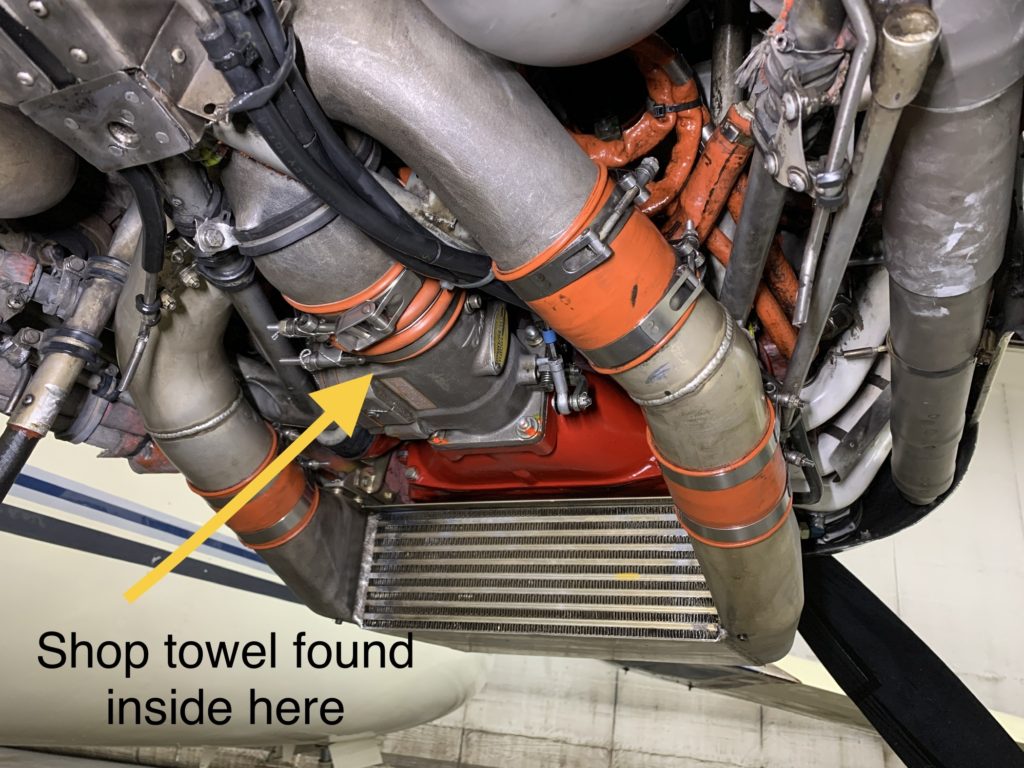




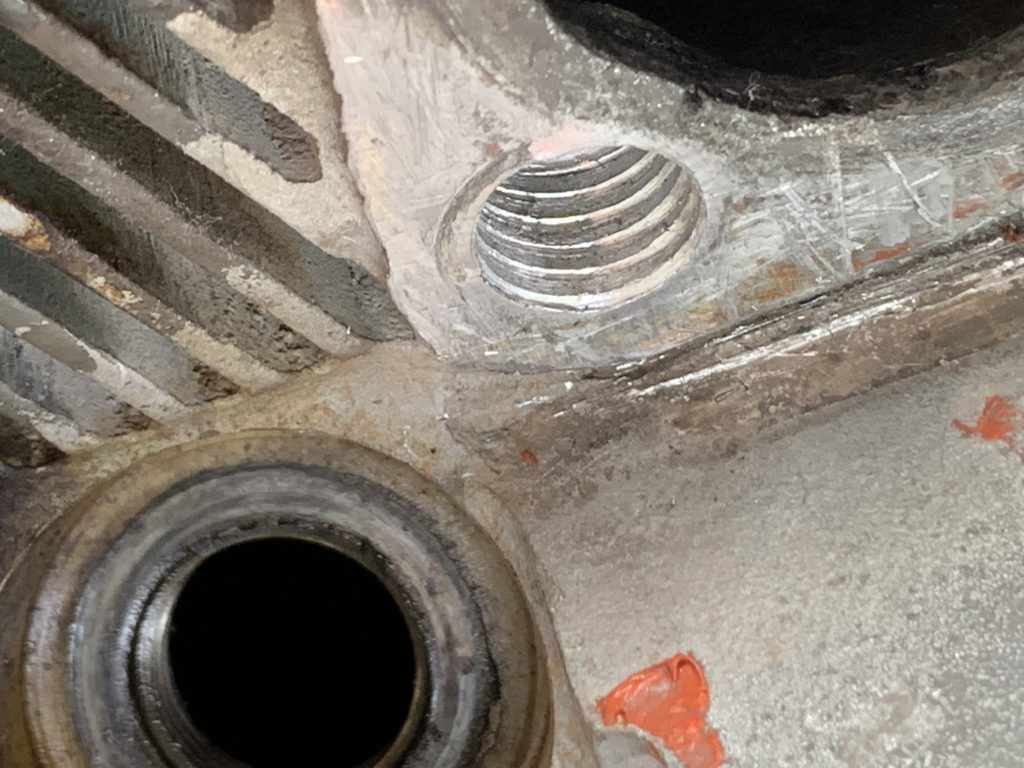
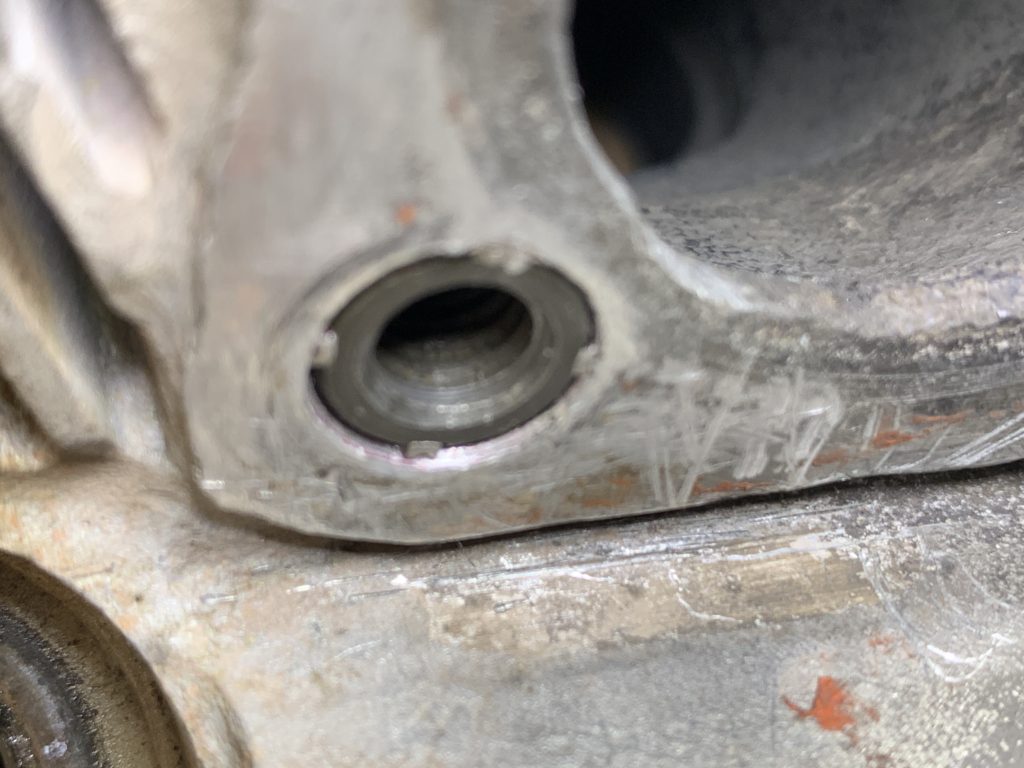
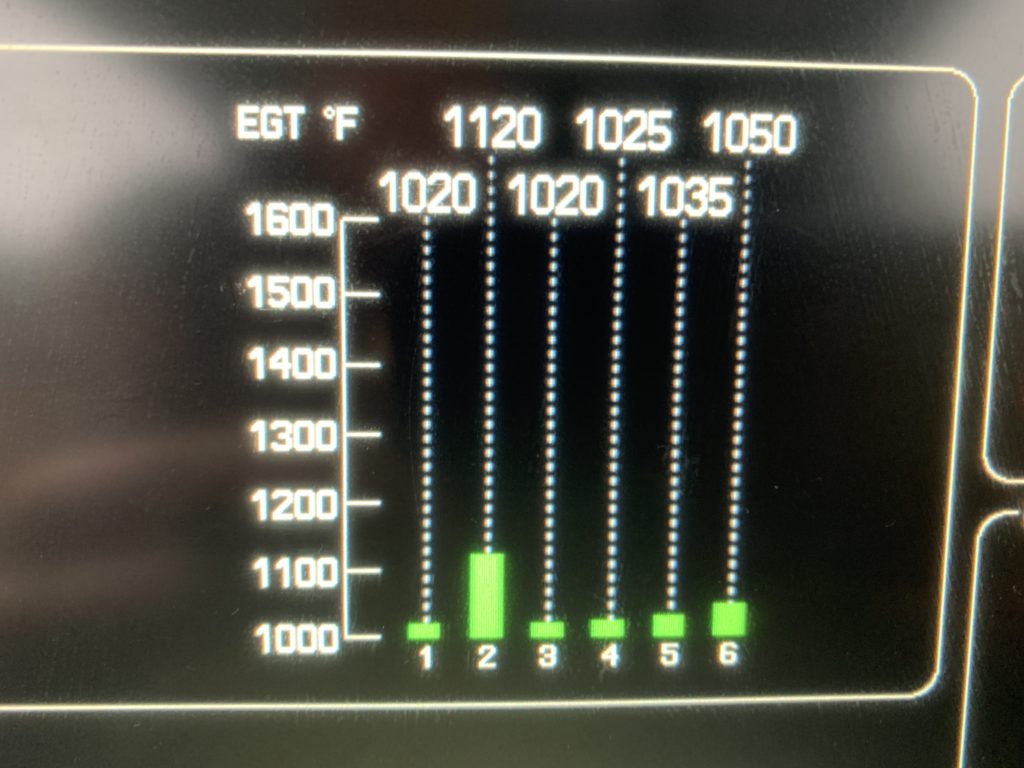
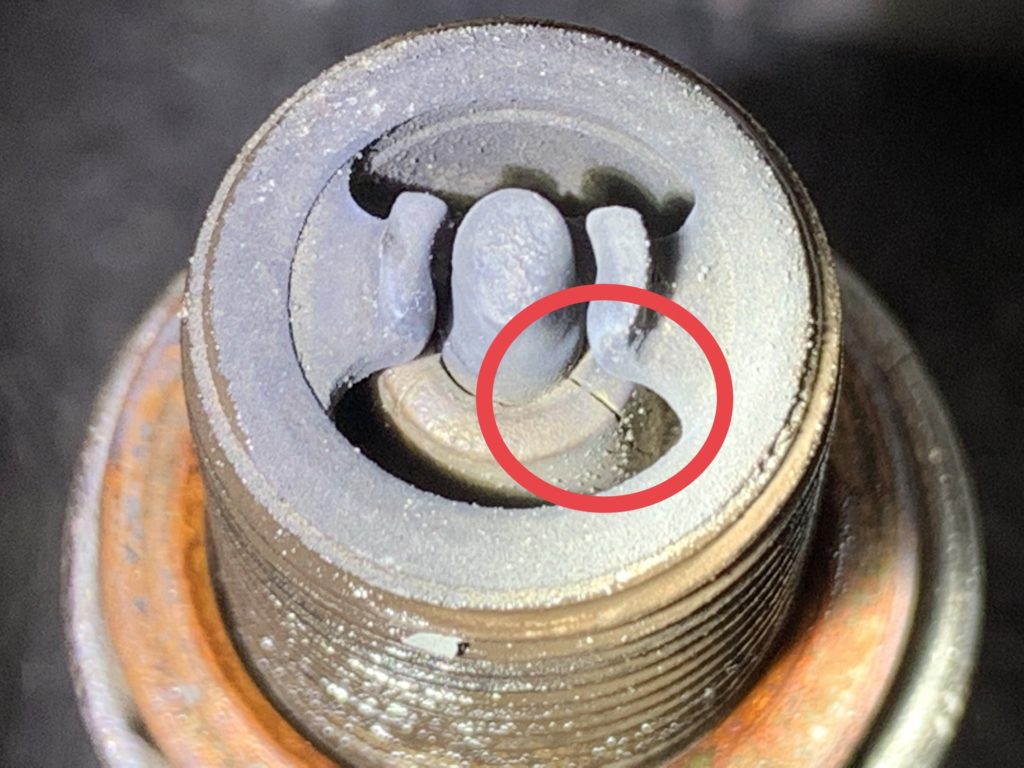

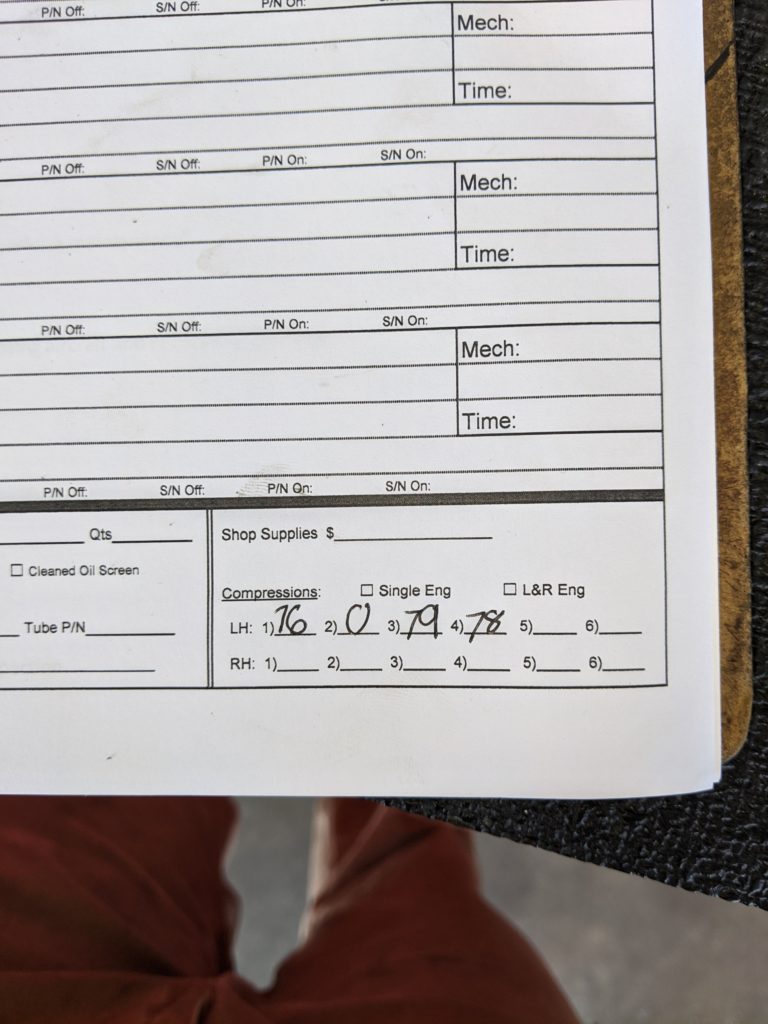

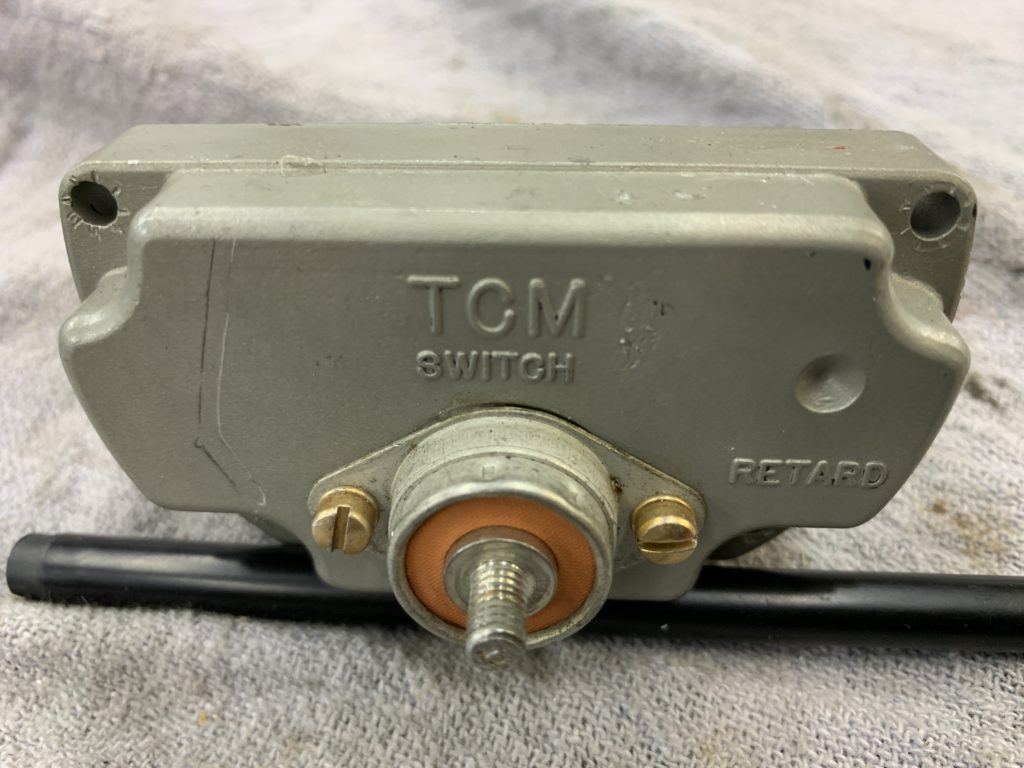
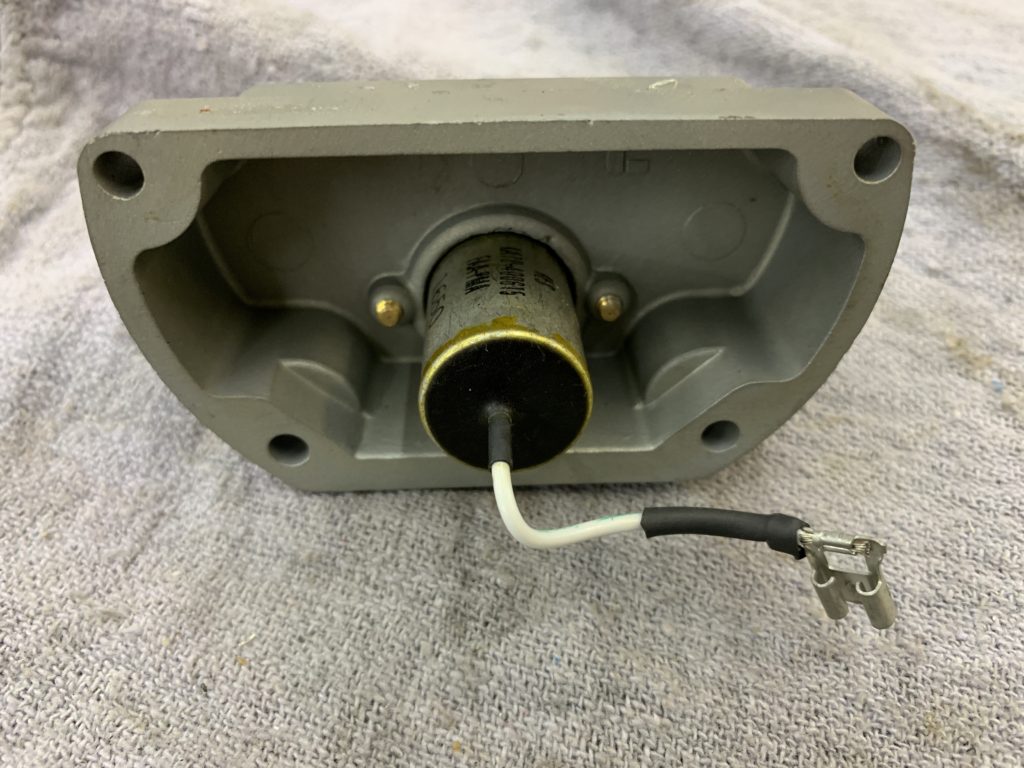

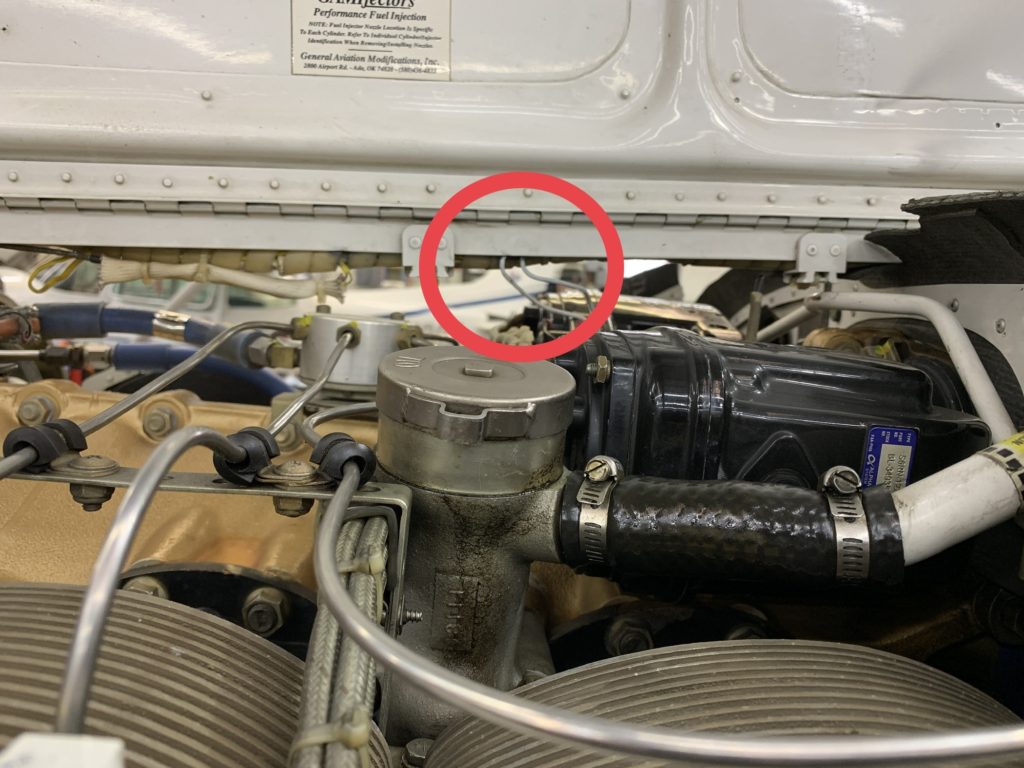
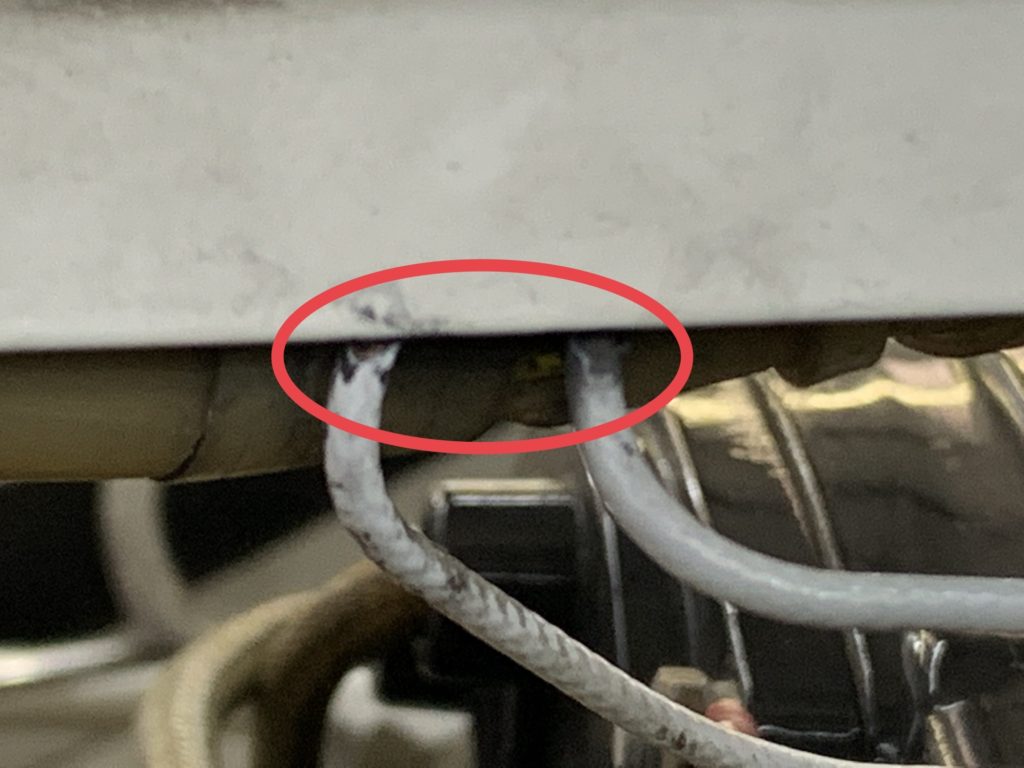
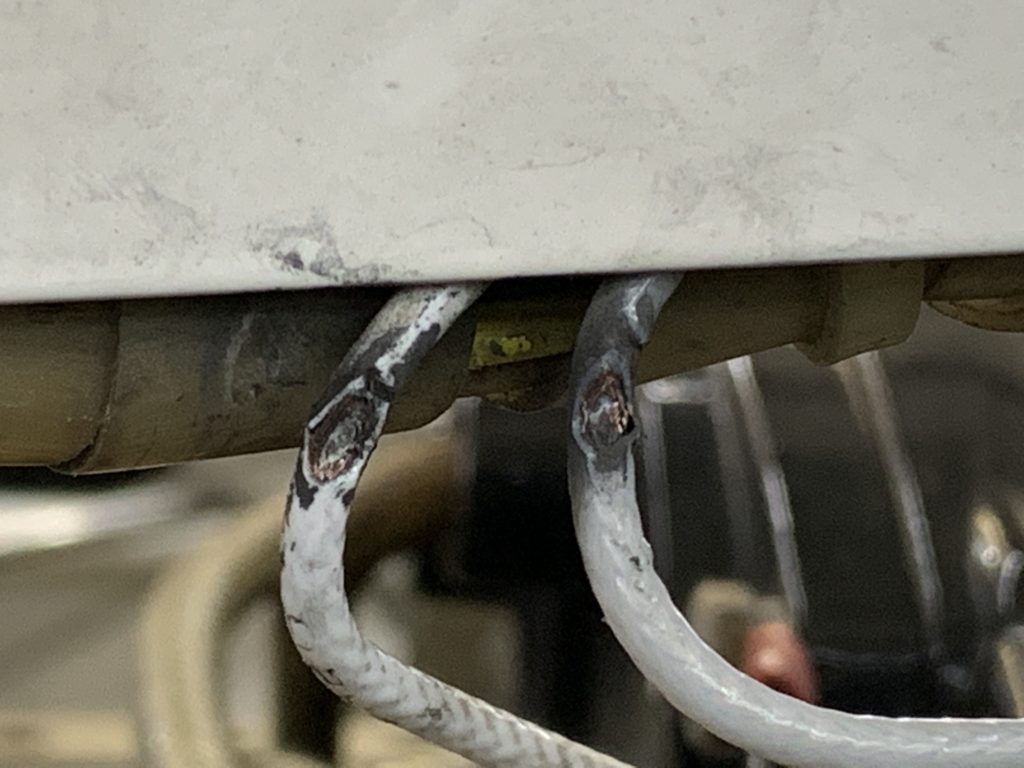

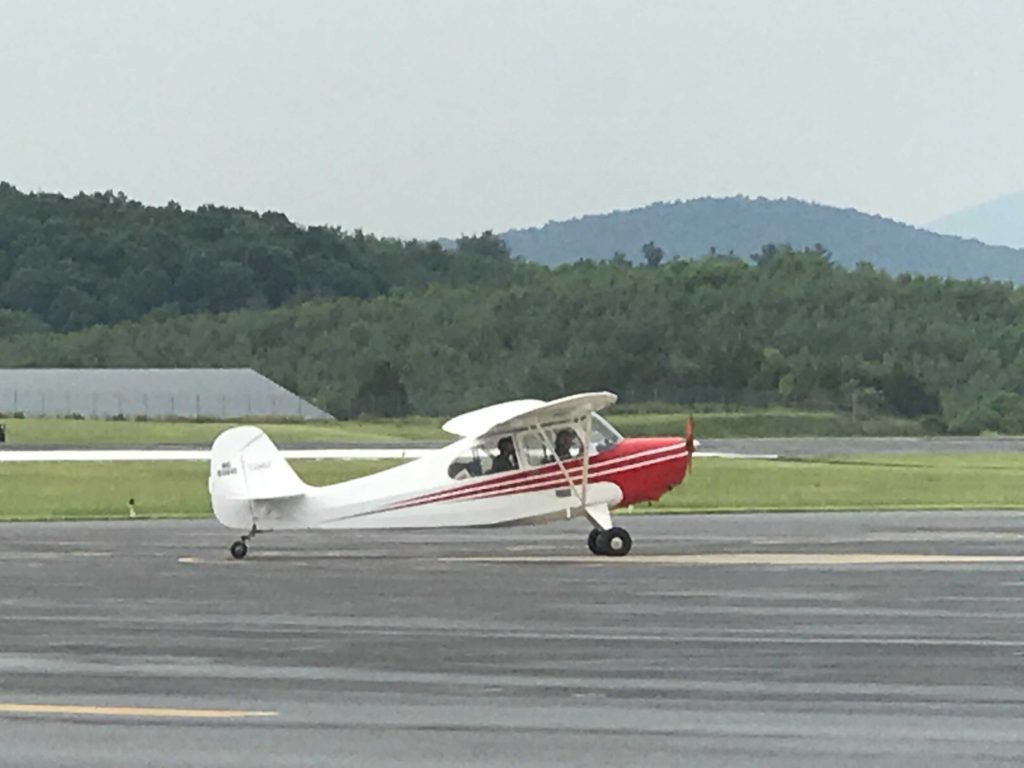
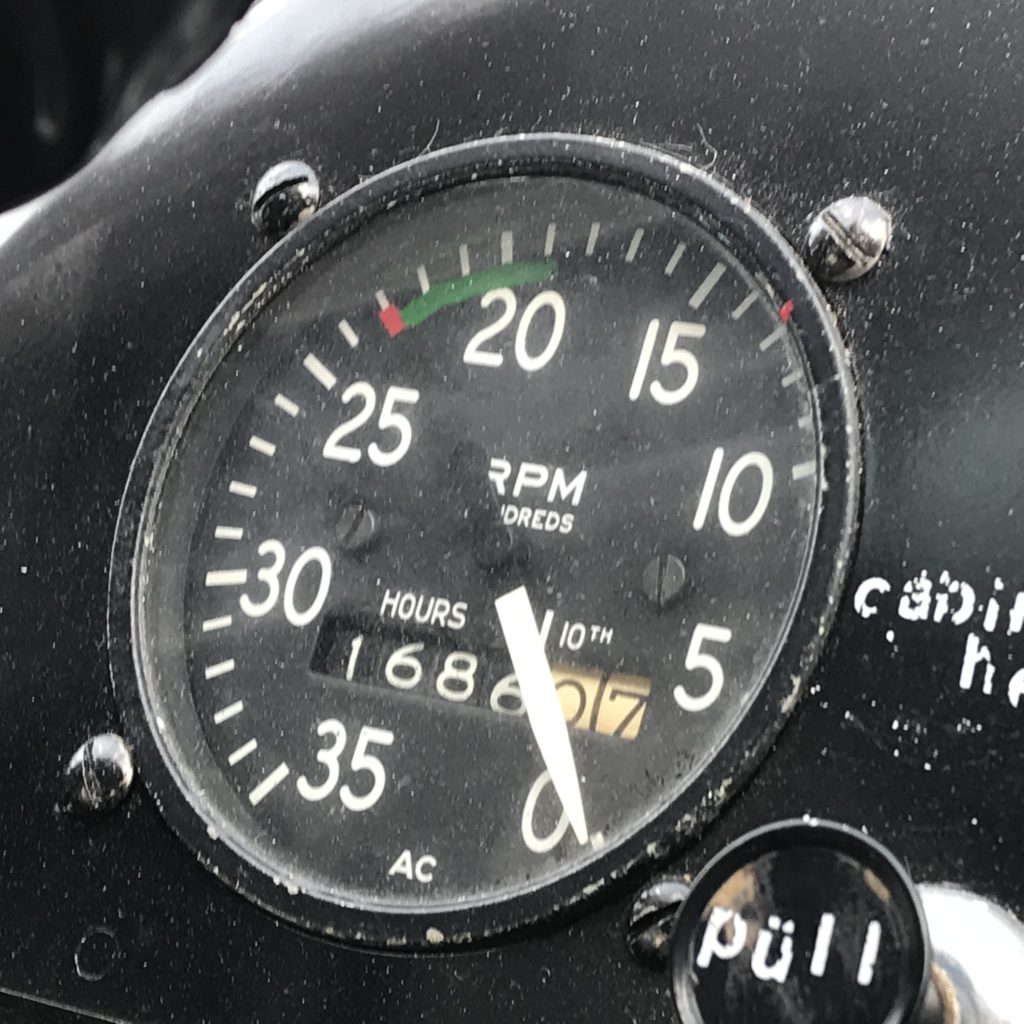
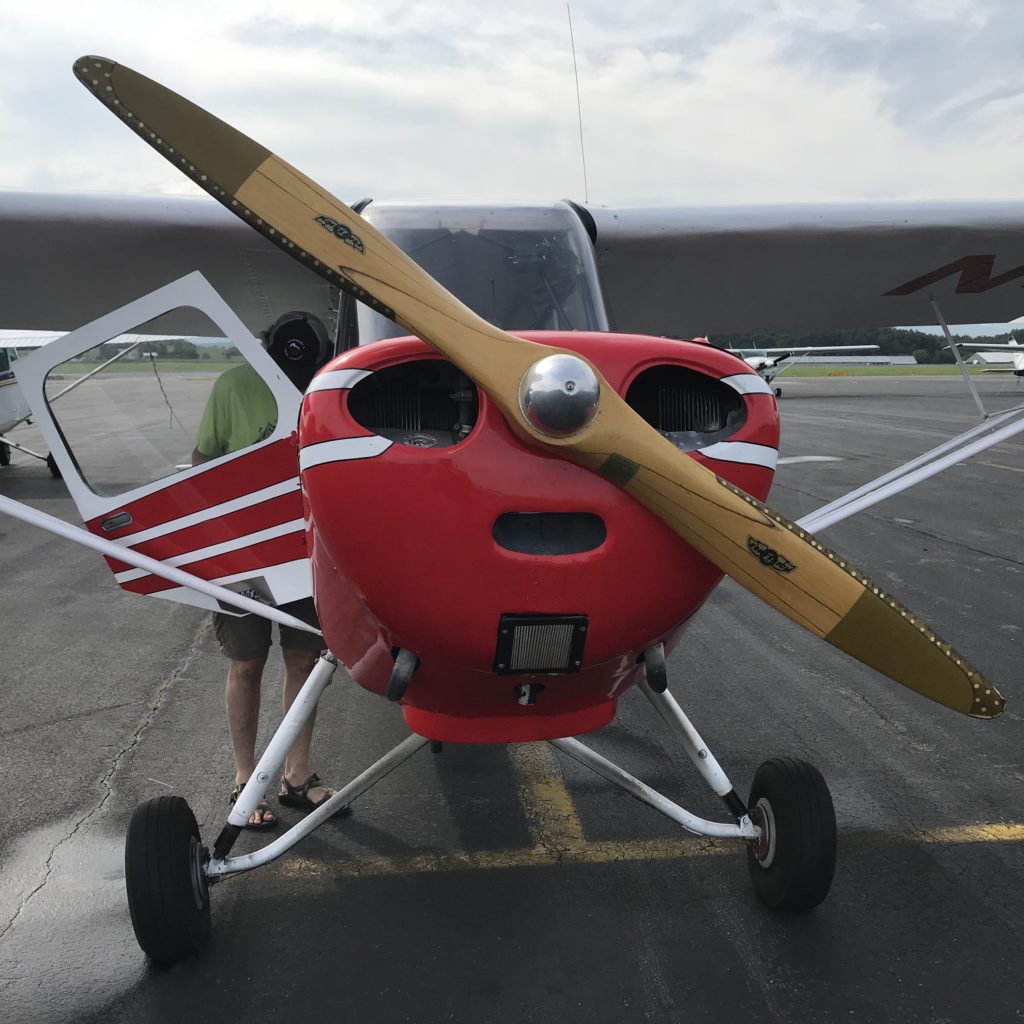
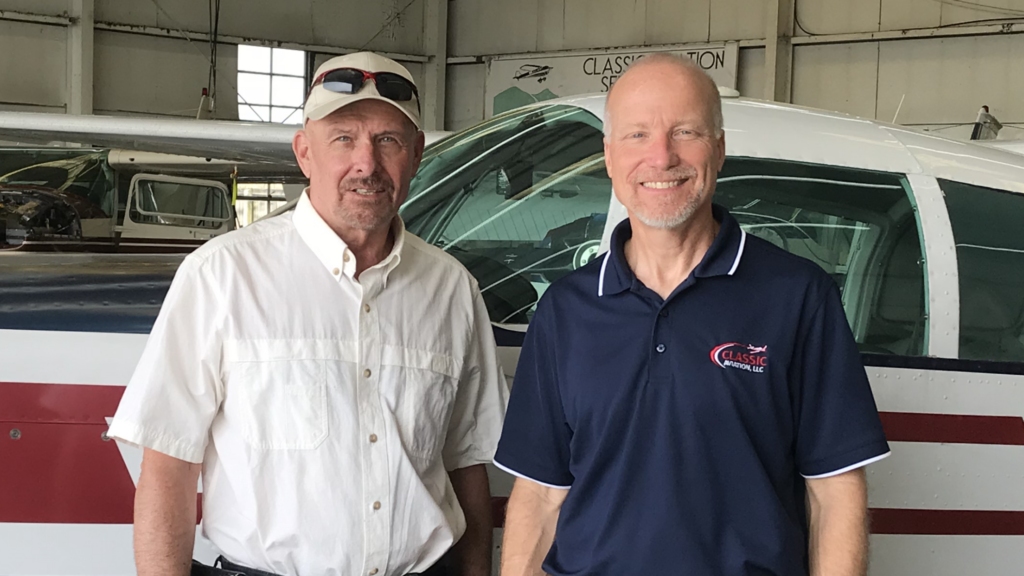
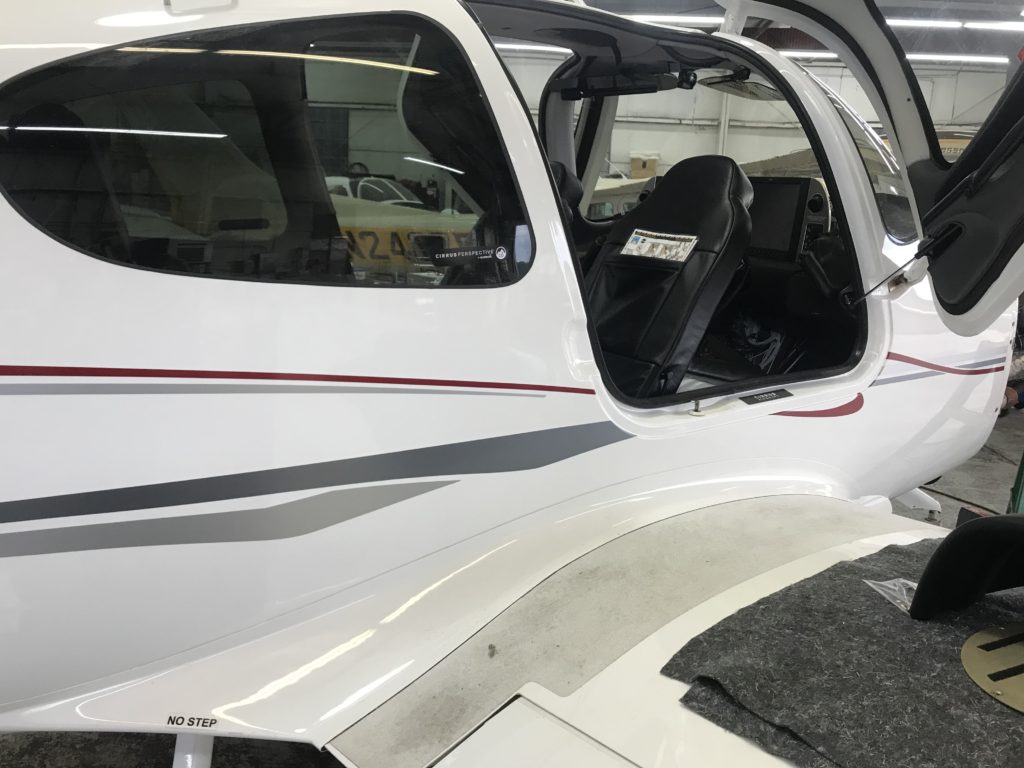

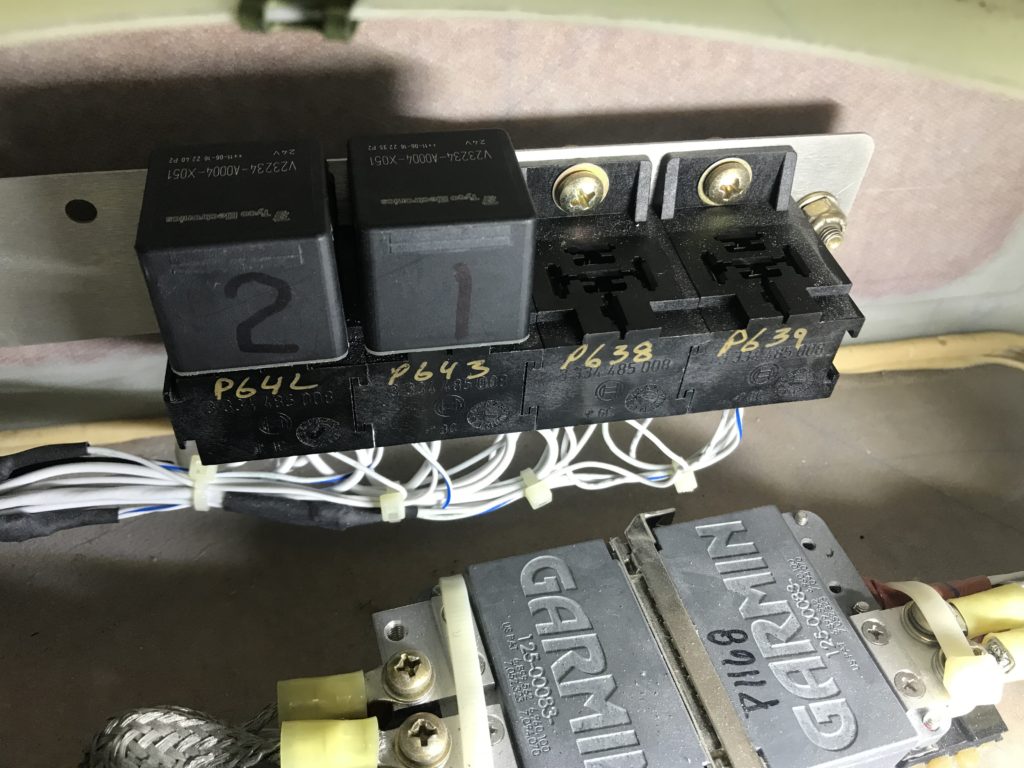



Recent Comments